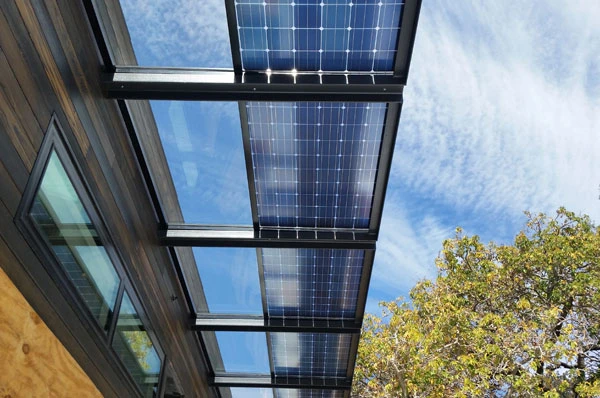Understanding the Costs of Commercial Solar Panels for Businesses and Their Benefits
Understanding the Costs of Commercial Solar Panel Installation
As the demand for renewable energy continues to rise, commercial solar panel installations have become increasingly popular among businesses seeking to reduce their energy costs and carbon footprint. However, a common concern for many business owners is the upfront cost associated with solar panel systems. In this article, we will explore various factors that influence the cost of commercial solar panel installations, the potential savings, and financing options available.
Factors Influencing Commercial Solar Panel Costs
The cost of installing commercial solar panels can vary significantly based on several key factors
1. System Size The size of the solar panel system plays a crucial role in determining the overall cost. Larger systems generally have a higher upfront cost but can provide greater long-term energy savings. Businesses should evaluate their energy needs carefully to choose the right system size.
2. Type of Solar Panels There are different types of solar panels available, including monocrystalline, polycrystalline, and thin-film panels. Monocrystalline panels tend to be more efficient and expensive, while polycrystalline panels are less costly but may occupy more space. The choice will depend on budget and space availability.
3. Installation Location The geographical location of a business can impact installation costs. Areas with high solar insolation will yield better returns on investment, whereas regions with frequent cloudy days may influence the efficiency and effectiveness of solar panels.
4. Labor Costs The cost of labor can vary significantly by location. Urban areas may have higher labor costs due to demand, while rural areas may offer more competitive rates. The complexity of the installation can also impact labor expenses.
5. Incentives and Tax Credits Many governments offer incentives, tax credits, or rebates for businesses that invest in renewable energy. These financial incentives can substantially reduce the overall cost of installation, making solar energy a more attractive option.
Potential Savings
commercial solar panel cost

Investing in commercial solar panels can lead to substantial savings over time. Businesses may experience reductions in their electricity bills, as solar panels can significantly offset energy consumption. Additionally, many states have net metering policies that allow businesses to sell excess energy back to the grid, further increasing savings.
Furthermore, the long-term return on investment (ROI) can be impressive. Depending on the system size and local energy prices, businesses can see payback periods ranging from 5 to 10 years. After the payback period, the energy produced is essentially free, contributing directly to the bottom line.
Financing Options
Given the substantial upfront costs associated with commercial solar panel installations, several financing options are available to make the transition more manageable
1. Solar Loans Businesses can take out loans to finance their solar panel systems. These loans allow companies to spread out the payments over time while reaping the benefits of solar energy immediately.
2. Power Purchase Agreements (PPAs) Under a PPA, a third-party solar provider installs and maintains the solar system, and the business agrees to purchase the power generated at a set rate, typically lower than local utility rates. This arrangement allows businesses to avoid upfront costs while still benefiting from solar energy.
3. Leasing Solar leases allow businesses to lease the solar equipment, making fixed monthly payments for the duration of the lease. Similar to PPAs, leases eliminate the need for significant upfront investments.
Conclusion
The costs associated with commercial solar panel installations can be significant, but they are often outweighed by long-term savings and environmental benefits. By understanding the factors that influence solar panel costs and exploring available financing options, businesses can make informed decisions that align with their energy needs and sustainability goals. Adopting solar energy not only contributes to lower operational costs but also positions businesses as leaders in the transition towards renewable energy sources.
-
String Solar Inverter: The High-Efficiency Solution for Smart Solar EnergyNewsJul.14,2025
-
Revolutionizing Rooftop Energy with the Power of the Micro Solar InverterNewsJul.14,2025
-
Power Independence with Smart Off Grid Solar Inverter SolutionsNewsJul.14,2025
-
On Grid Solar Inverter: Powering the Future with Smart Grid IntegrationNewsJul.14,2025
-
Monocrystalline Solar Panels: High-Efficiency Power for the Future of Clean EnergyNewsJul.14,2025
-
Bifacial Solar Panel: A Smarter Investment for Next-Generation Energy SystemsNewsJul.14,2025







